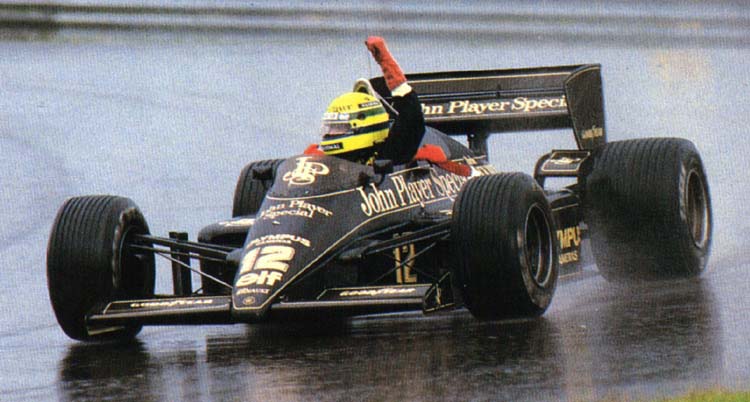That is the difficultly with the the model - knowing what direction the vents are actually pointed in. There are literally hundreds of ways you can set up the model.
I have tried them at 60degrees and 45 degrees from the centre line. These positions the vents did not stall the wing even when I increased the mass flow. This is because the wake of the vent is only 6 or 7 inches across the middle of the wing and the flow it self is not really a disturbing flow - It just pulls along air flowing under the wing.
The only way to give the jet 100% coverage over the span of the wing is to have the vents shooting out 90 degrees to the flow. This I think may stall the wing... but I think the flow will be so nasty the drag will be even higher in this case. I can try it and see.
- Login or Register
No account yet? Sign up




